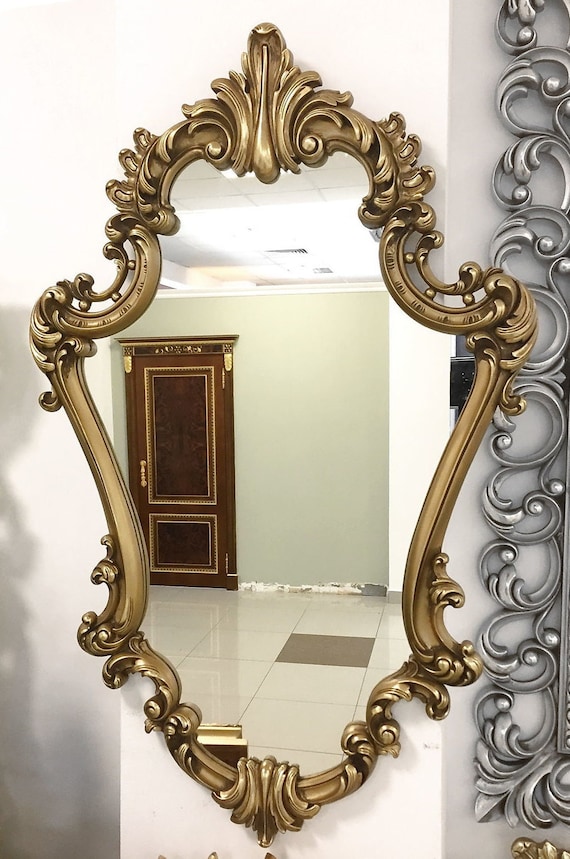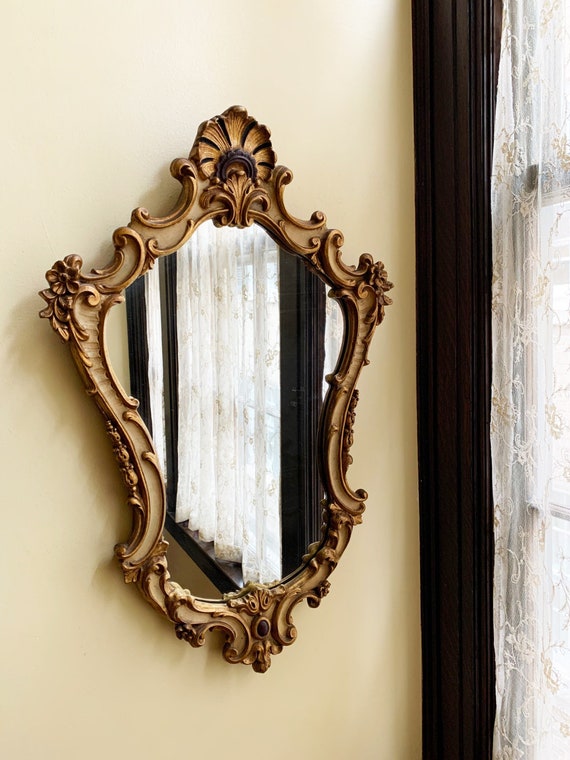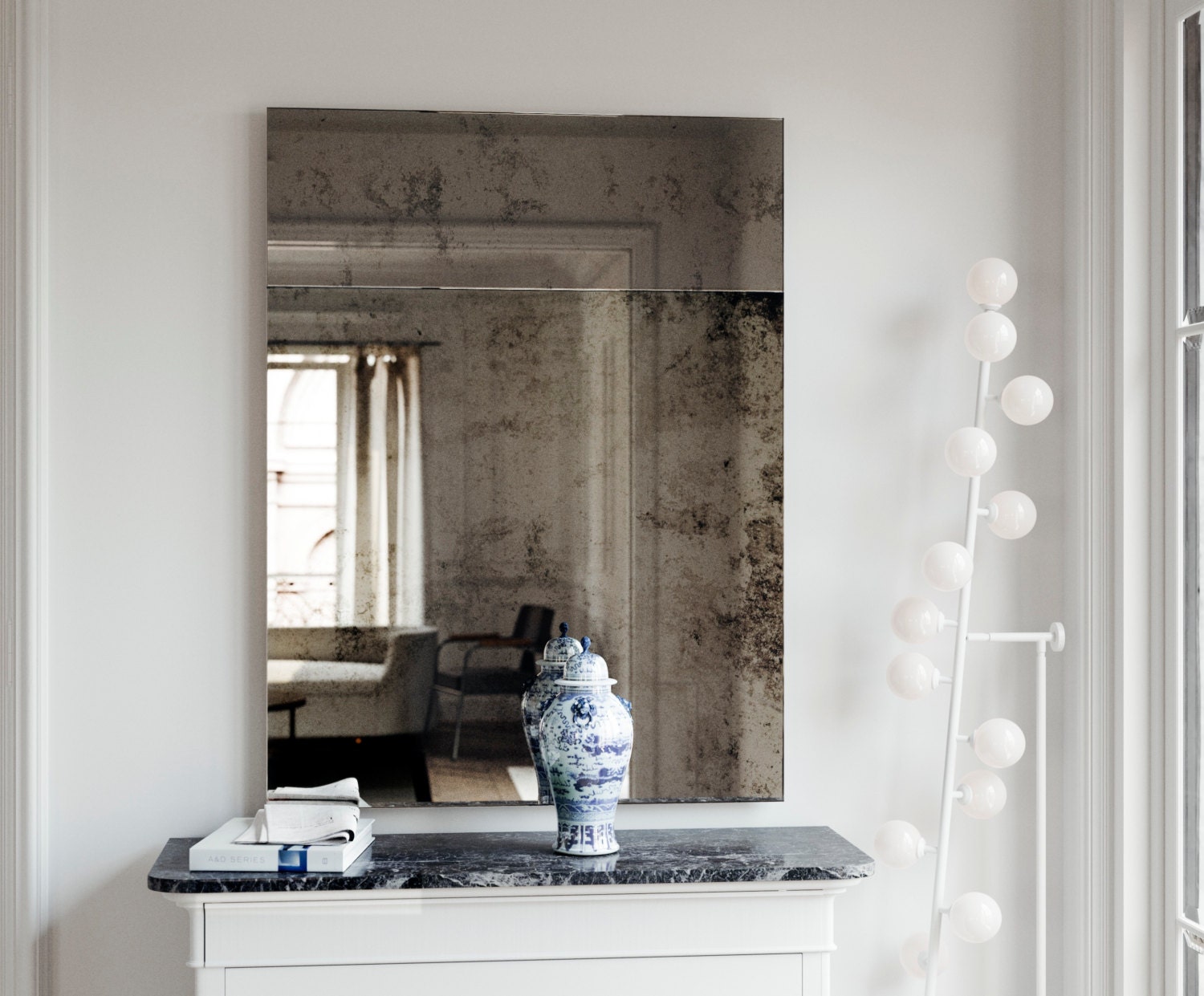Welcome to the wonderful world of antique decorative mirrors! As someone who has spent years curating unique décor for my home, I can tell you that antique mirrors are not just functional; they’re a statement piece that can transform any space. In this guide, we will dive deep into the beauty, history, and significance of antique mirrors, along with tips, care instructions, and styling ideas to help you make the most of these exceptional pieces.
What Are Antique Decorative Mirrors?
Antique decorative mirrors are vintage mirrors, typically over 100 years old, that feature intricate designs, craftsmanship, and materials that reflect a certain period style. They are not only decorative but also serve as functional accessories that add depth, light, and charm to any room.
Characteristics of Antique Mirrors
- Material: Often made of wood, metal, or glass with gilded or painted finishes.
- Craftsmanship: Handcrafted detailing, which may include carvings or etchings.
- Patina: The wear and aging of materials tell a story of their journey through time.
- Style: Varieties include Victorian, Art Deco, Rococo, and more.
History of Antique Mirrors
The history of mirrors dates back to ancient civilizations, where polished metals were used to reflect images. However, the glass mirror we know today began to take shape in Europe during the 16th century. During the 17th and 18th centuries, the artistry of mirror making flourished, leading to the ornate designs we admire today.
Timeline of Important Developments
| Year | Development |
|---|---|
| 16th Century | First glass mirrors developed in Venice. |
| 17th Century | French artisans began creating ornate frames. |
| 18th Century | The Rococo style became popular, influencing mirror design. |
| 19th Century | Mass production of glass mirrors began, making them more accessible. |
Types of Antique Decorative Mirrors
When it comes to antique mirrors, they come in various types, each with a different character and style. Here’s a closer look:
1. Wall Mirrors
These are typically larger and used as statement pieces in living rooms, halls, or bedrooms.
2. Vanity Mirrors
Smaller, oftentimes intricately decorated mirrors used primarily for grooming and applying makeup.

3. Cheval Mirrors
A full-length mirror that stands on its own, often with beautiful frames, perfect for dressing rooms.
4. Overmantel Mirrors
Designed to sit above a fireplace, these mirrors are often grand in size and style.

Tips for Buying Antique Decorative Mirrors
When purchasing antique mirrors, there are several factors to consider to ensure you are making a wise investment.
Research
Before making a purchase, it’s crucial to do your homework. Understand different styles, periods, and authentic characteristics of antique mirrors.
Examine the Condition
Check for signs of damage or repair. Look for:
- Cracks or chips in the glass
- Frame condition (is it sturdy or weakened?)
- Backings – original or replaced?

Authenticity
Seek mirrors with provenance or documentation that confirms their age and origin.
Shop Around
Visit antique shops, flea markets, and online marketplaces. Each venue offers a unique selection and price points.

Consider Your Space
Always think about where you plan to place the mirror. The size, shape, and style should complement your existing décor.
Restoration and Care for Antique Mirrors
Preservation is crucial for maintaining the beauty and integrity of antique mirrors. Here are some essential tips:

Cleaning
Use a soft microfiber cloth and a gentle glass cleaner to avoid scratching the surface. Avoid ammonia-based cleaners.
Conditioning the Frame
For wooden frames, use a furniture polish or wax periodically to keep the finish hydrated.

Storage and Display
When not in use, store mirrors in a flat position to prevent stress on the glass, and ensure they are kept in a dry environment to avoid moisture damage.
Styling Your Space with Antique Mirrors
Antique mirrors can elevate your room’s aesthetic dramatically. Here’s how to style them:
Focal Points
Place a large antique mirror above a fireplace or in an entryway to create a stunning focal point.
Layering
Mix antique mirrors with modern decor for a dynamic and interesting look. Layer different textures and styles.
Grouped Displays
Create a gallery wall using a collection of smaller mirrors of various shapes and sizes.
Pros and Cons of Antique Decorative Mirrors
Like any design element, antique mirrors come with their own set of advantages and challenges. Here’s a quick comparison:
Pros
- Unique artistry and craftsmanship
- Historical significance adds character
- Timeless beauty that enhances decor
Cons
- Can be expensive depending on rarity
- Requires maintenance and care
- May have imperfections that could detract from overall appearance
FAQs About Antique Decorative Mirrors
1. How do I know if my mirror is an antique?
Look for signs of age such as the type of glass, backing materials, and the style of the frame. Consulting an appraiser can provide a definitive answer.
2. What should I look for in a high-quality antique mirror?
High-quality mirrors should display fine craftsmanship, clear glass without fogging, and minimal signs of damage.
3. Can antique mirrors be repaired?
Yes, many minor issues such as small chips or imperfections can be repaired by a professional restorer specializing in antique pieces.
4. Are antique mirrors safe to use in my home?
Yes, as long as they are in good condition. Always inspect for loose glass or structural issues before mounting or placing them in your home.
Conclusion: Embracing the Charm of Antique Mirrors
Antique decorative mirrors are more than just reflective glass; they are pieces of history that can add depth and character to your interiors. By understanding their history, exploring different styles, and learning how to care for them, you can create a stunning space that truly reflects your personal style.
Whether you’re an avid collector or just getting started, I hope this guide has inspired you to embrace the charm of antique mirrors. Happy decorating!